Plate Compactor vs Hand Tamping: Which is Best?

The construction process requires meticulous adherence to time and schedules. Compaction is a necessary step creating a solid base for your project. Whether it’s constructing a sidewalk, creating a pavement, or laying foundation for a multiple story building, plate compaction and hand tamping are the two most common tools available.
When it comes to project longevity and stability, compaction is a worthy tool in your arsenal. A stable base allows you to avoid uneven surfaces, structural damage, and even cracks that may develop during the lifetime of the project. Read on to understand the intricacies of compaction, the advantages and disadvantages of both methods available.
Contents
What is Hand Tamping

When it comes to understanding hand tamping, there is a clue in the name. Hand tamping relies on the manual use of your hands with a tool known as a hand compactor. A hand compactor has a long handle with an attached flattened metal base. Considering the process relies heavily on the manual repetitive movements of your hands, hand tamping is highly impractical for large projects.
Hand tamping comes in handy (pun intended) for small scale projects such as laying foundation for your patio, small garden paths, or areas where heavy machinery cannot access.
Advantages of Hand Tamping
In the ultimate debate on plate compactor vs hand tamping, it is important to consider the advantages of each. When it comes to hand tamping, the advantages include:
Cost Effectiveness
If you’re a DIY enthusiast or simply have a small project and would rather not dig deep in your pockets to buy complex machinery, hand tamping is the right way to achieve a stable base. In both buying and operating the equipment, hand tamping goes easy on your money. For small projects, hand tamping presents the most affordable option.
Simplicity and Ease of Use
Hand tampers don’t come with manuals for the simple reason that they don’t need one. Hand tamping is as easy as moving your arms up and down. Due to the straightforward nature of their use, hand tampers make for excellent tools for people with entry level construction skills requiring no special training or skills.
No Need for Power Sources
If you’ve never struggled with plugging in your power tools in the garden far away from any electrical outlet, or without a cable long enough to reach the site of your construction project, then you may not appreciate the fact that hand tampers don’t need any power sources. They come ready to use straight out of the box.
Disadvantages of Hand Tamping
While hand tampers get the job done, they aren’t always the best tool for the job. The following are some of the disadvantages of hand tamping:
Physical Labor-Intensive
It might seem fun for your garden walkways, but for large-scale operations, the up and down movement of your hands may not suffice. Hand tamping takes its toll on your physical well-being and can be exhausting and time consuming, making them ineffective when you’re on a tight schedule.
Inconsistent Compaction Results
Hitting the ground with the same amount of force for the same number of times in each area of the project can be pretty difficult if you aren’t pre-programmed to do it. Inconsistent compaction can result in uneven surfaces and future issues.
Less Effective on Large Areas or Tougher Materials
Hard, dense, rocky areas become your worst enemy when working with a hand tamper. Shear human strength may be insufficient at leveling rocks therefore requiring heavy-duty equipment.
What is a Plate Compactor

A plate compactor is a heavy powered machinery that utilizes a flat metal plate to compact a surface through rapid vibrations. Plate compactors are used to settle and densify materials using repetitive motions similar to hand tamping, but from a heavy-duty approach.
Types of Plate Compactors
Plate compactors come in several shapes and forms, depending on their intended application, materials encountered, and project size. Whether you’re trying to complete a landscaping project, level some asphalt, or simply compact some soil, one of the following plate compactors will be right for the job:
Single Plate compactors
As the name suggests, single plate compactors utilize a single vibrating plate to compact the surface beneath. They are the most common types of plate compactors and work best in small and medium sized projects. They have a forward-only operation mechanism making them more suited for straightforward open areas.
They are ideal for granular soils and since they are small and lightweight, they make for an excellent choice where portability is of importance.
Reversible Plate Compactors
Reversible plate compactors have the functionality of single plate compactors with the added advantage of being able to move both forward and back. If you’re working in a confined space, with challenging spatial positioning of items, this allows you a higher degree of versatility and control.
On top of their bidirectional operation, reverse plate compactors also have a higher compacting force and adjustable speed, making them a staple in construction sites and confined spaces.
Heavy-Duty Plate Compactors
Heavy duty plate compactors are designed to fit in a specific niche which requires the maximum amount of compacting force. They are ideal to work with in challenging materials and terrains and are typically larger and more powerful than other compactors.
Hydraulic Plate Compactors
When more force is required, or when a conventional plate compactor cannot be used, then a hydraulic plate compactor can be attached to machinery such as excavators or backhoes to get the job done. Due to their hydraulic nature, they have versatile applications such as in trenches, around obstacles, or in slopy terrains.
Advantages & Disadvantages
To continue the conversation on plate compactor vs hand tamping, below are some of the advantages and disadvantages of plate compactors.
| Advantages | Disadvantages |
| Efficient and consistent compaction | High initial costs and rental fees |
| Suitable for larger projects | Power dependent |
| Time saving | Highly technical to operate |
| Less labor intensive |
Comparative Analysis
The choice between plate compactors vs hand tamping is one that requires comparative analysis. Some of the facets to take into consideration include:
Effectiveness
If consistent compaction is what you are after, then plate compactors should be your top choice. They have a more thorough compaction, unlike hand tamping which may cause uneven surfaces.
Efficiency
Plate compactors excel at covering larger areas while hand tamping only works for small-scale projects. In large areas, hand tamping becomes a slow and tedious process.
Cost
Hand tamping equipment is cheap to acquire and operate. Plate compactors, on the other hand, require more upfront fees, but may be more cost-effective in the long run due to their efficiency.
Ease of Use
Hand tamping is easier to use as it does not require special training. For plate compactors, you might need to familiarize yourself with safety and operational nuances.
Practical Considerations
With an in-depth understanding of both hand tamping and plate compactors, it is possible to make an educated choice on which one suits your project. Small projects can take advantage of the ease of use and relative affordability of hand tamping. Large professional projects would find plate compactors more efficient.
If you are dealing with challenging soil, then you should use plate compactors as hand tamping fails in handling dense or rocky soils.
Conclusion
Plate compactors use vibrating motion on a metal plate to compact surfaces. Hand tampers are manually operated and are simple to use. You should consider the nature of your project, budget, and scale before making a choice on which one is best for you. Weigh the pros and cons of each to make an informed decision on what to use.
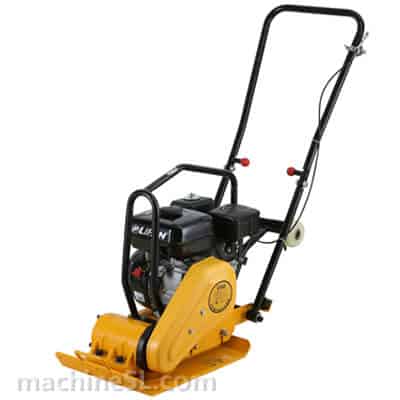
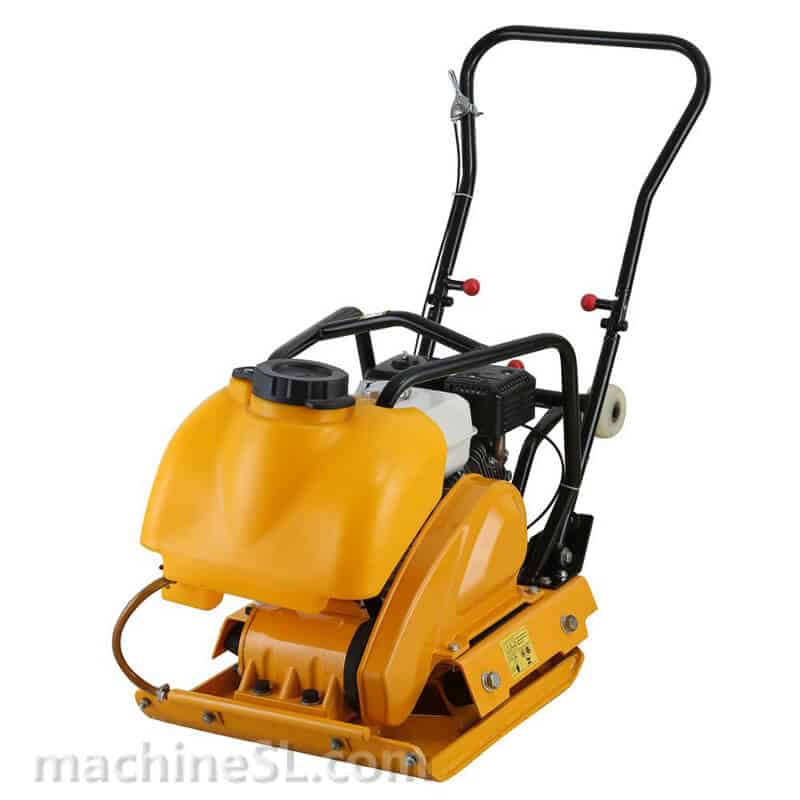
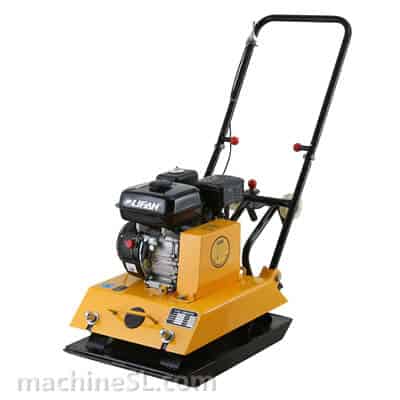
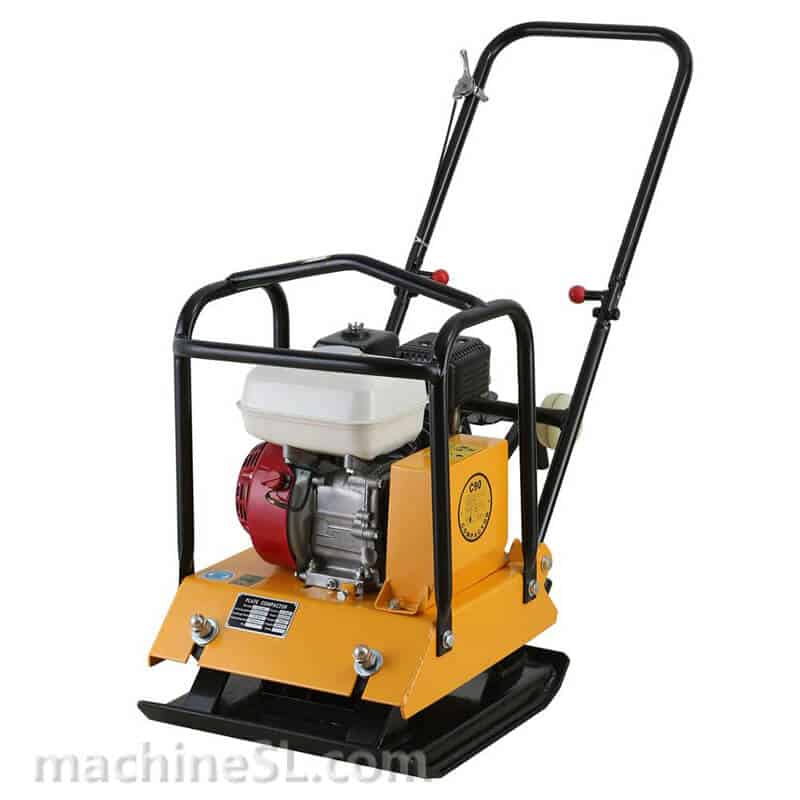
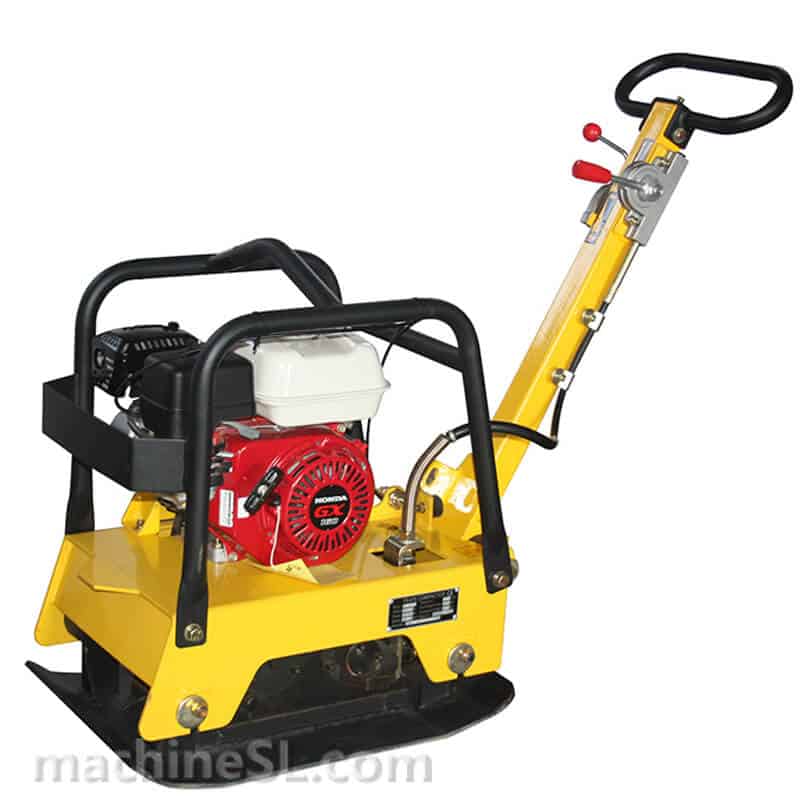
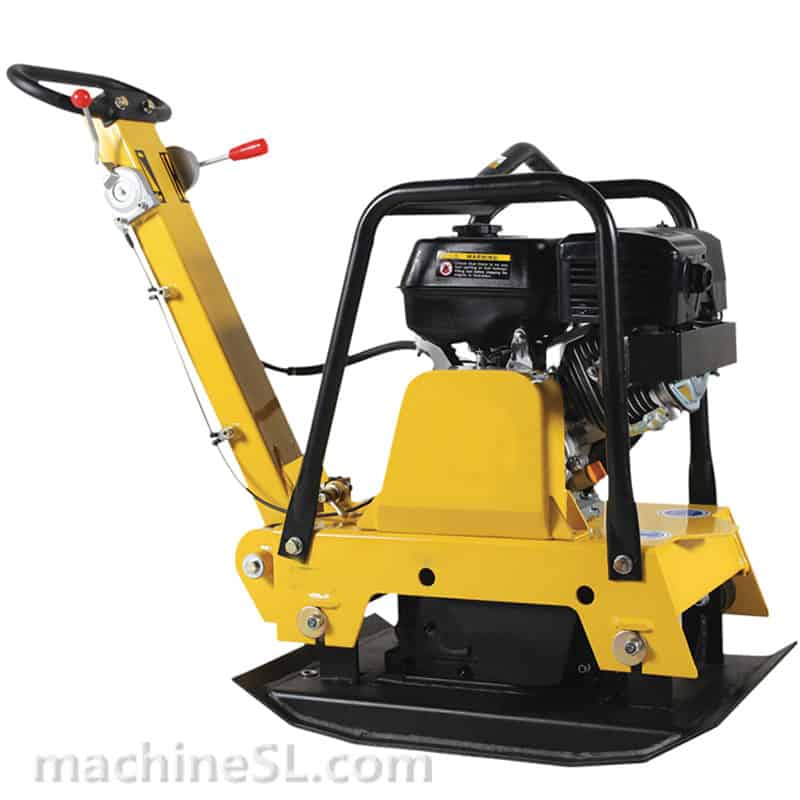
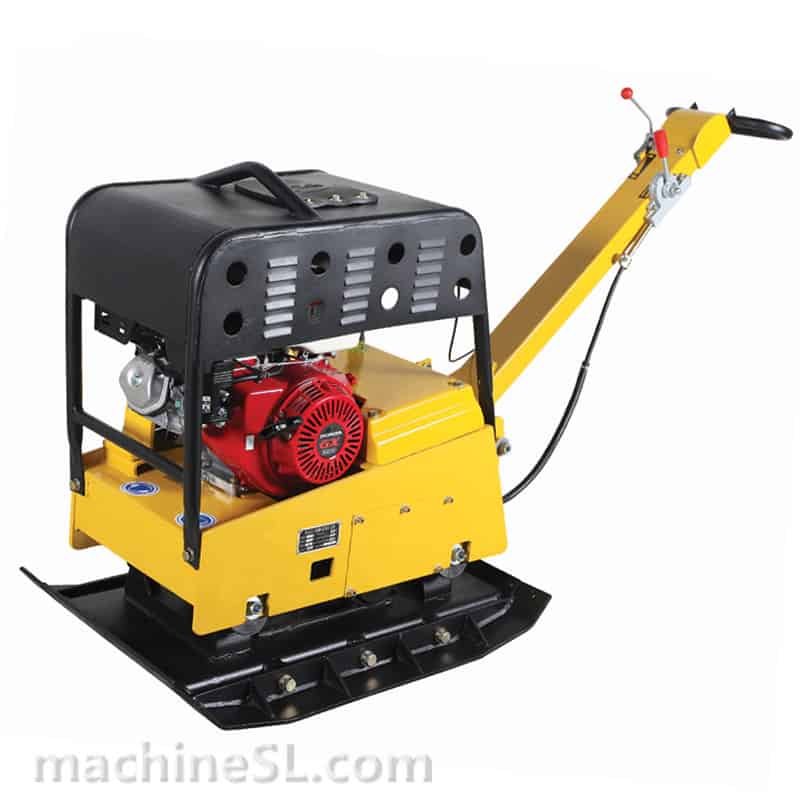
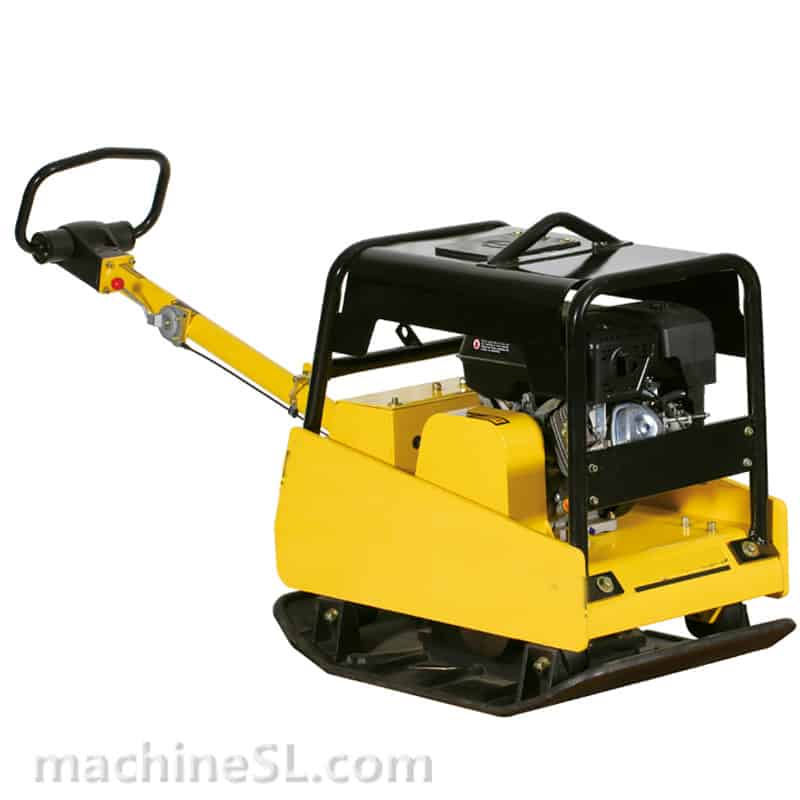
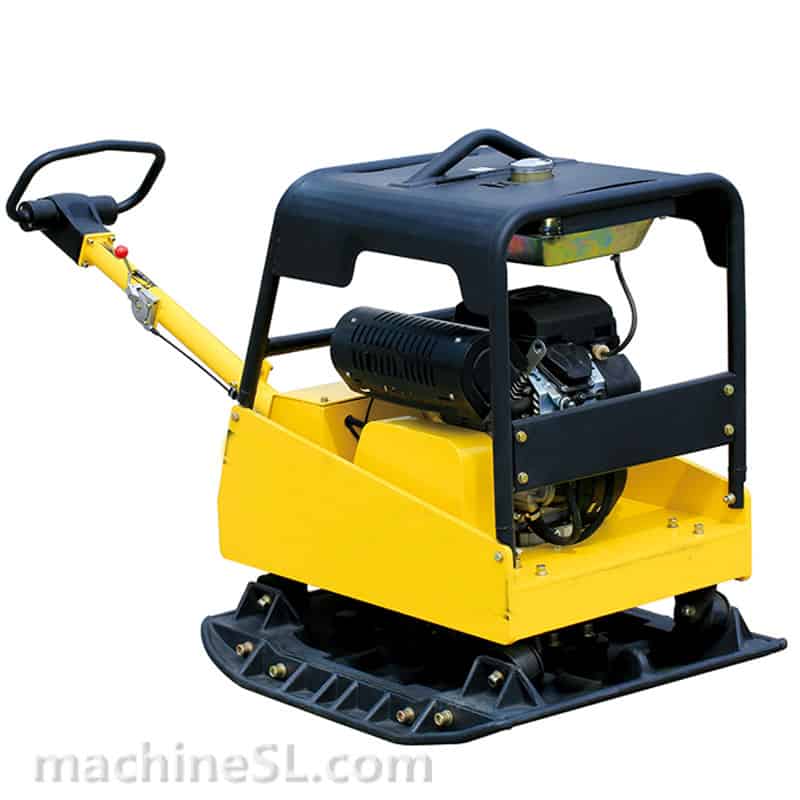
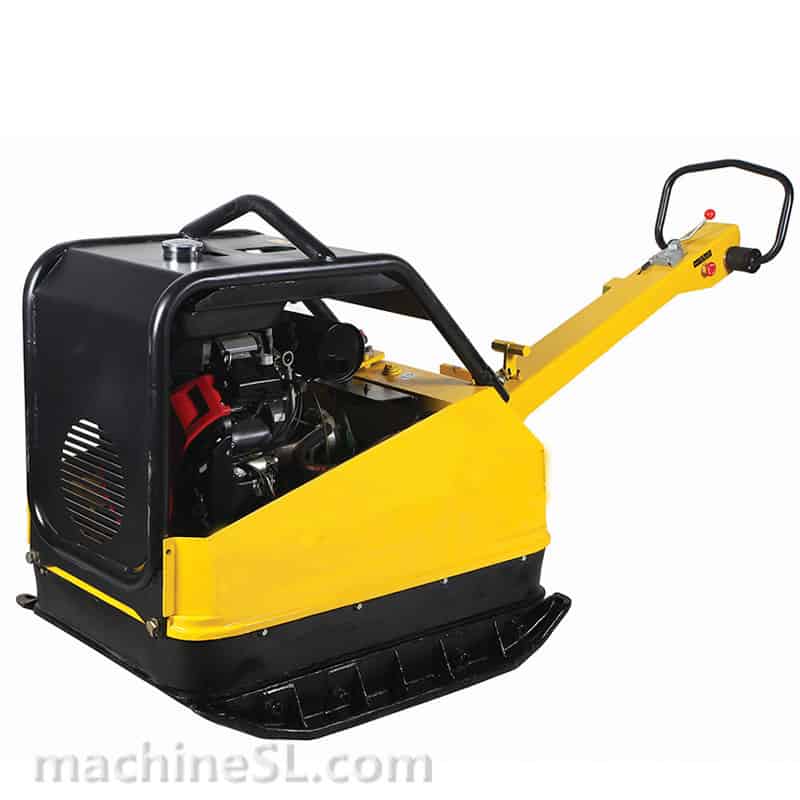
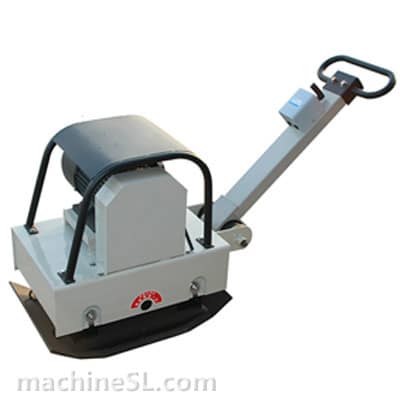
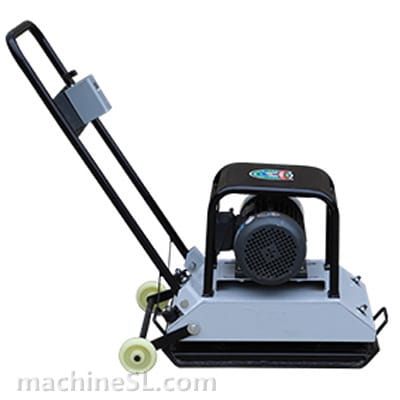
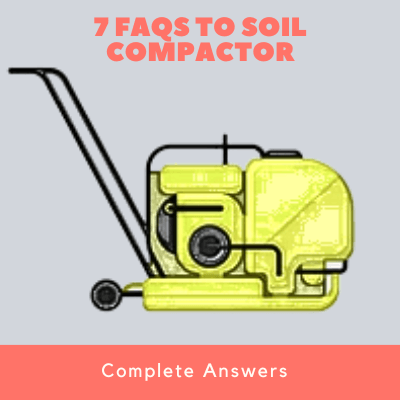
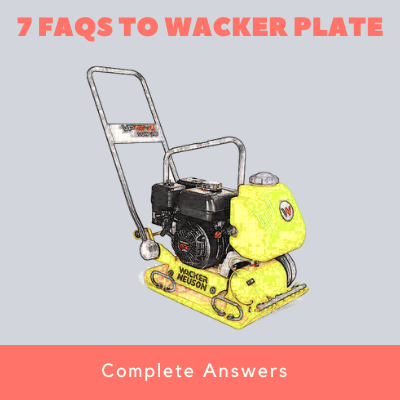
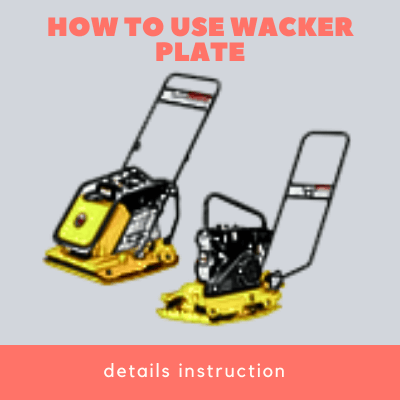
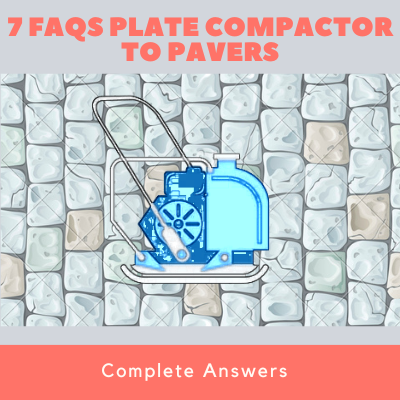
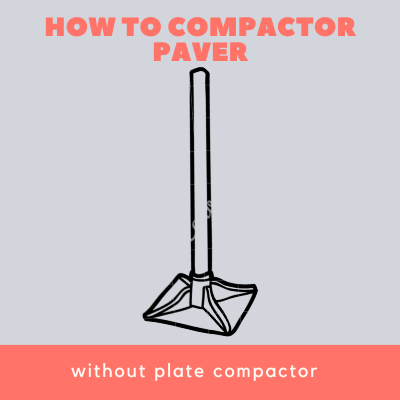
Leave A Comment